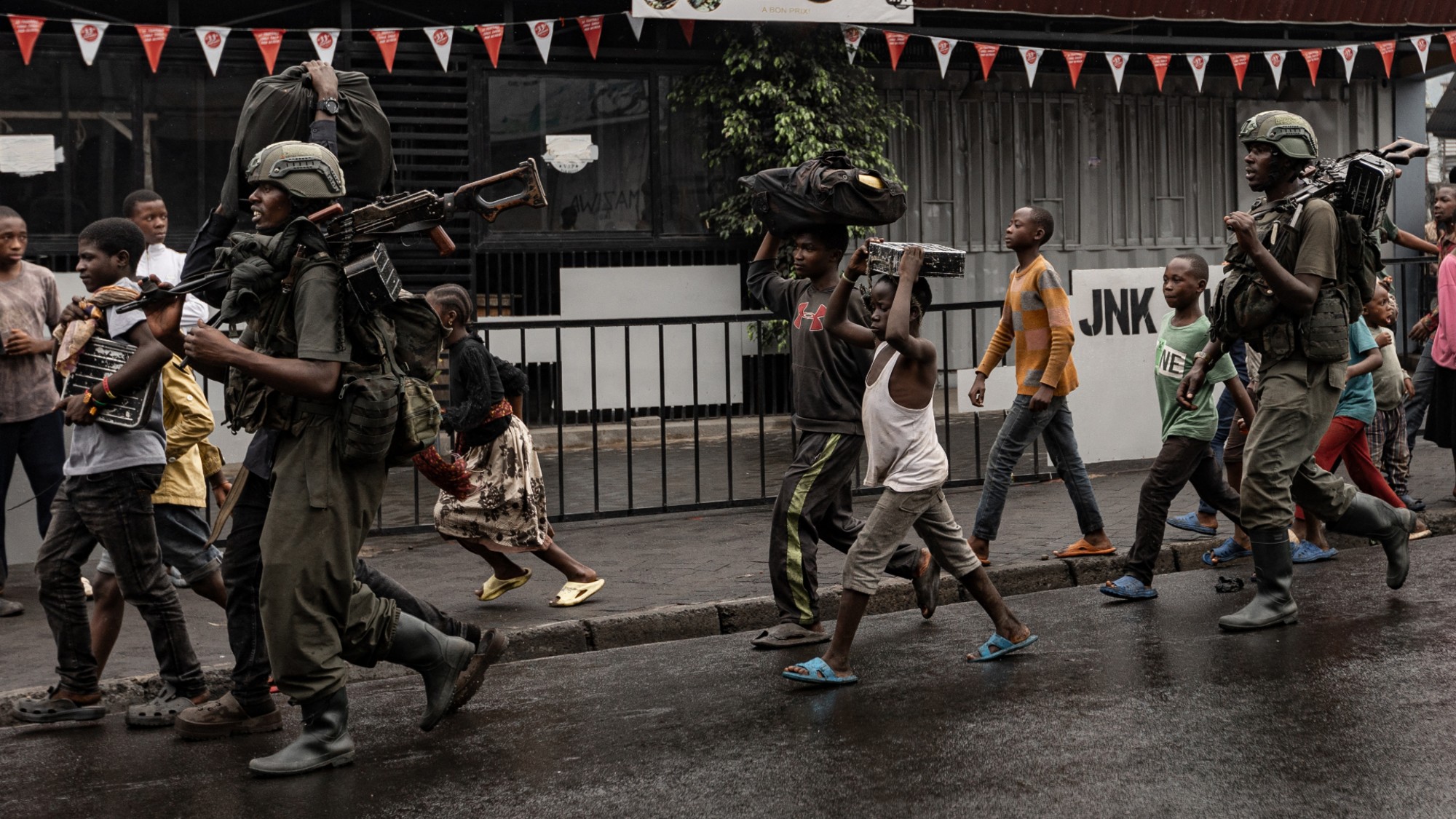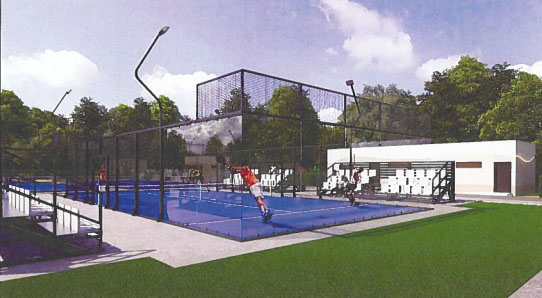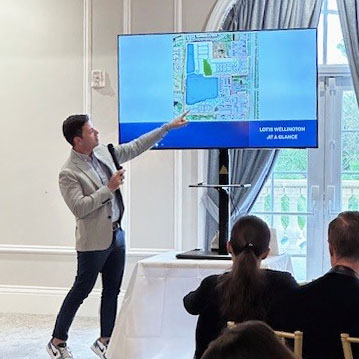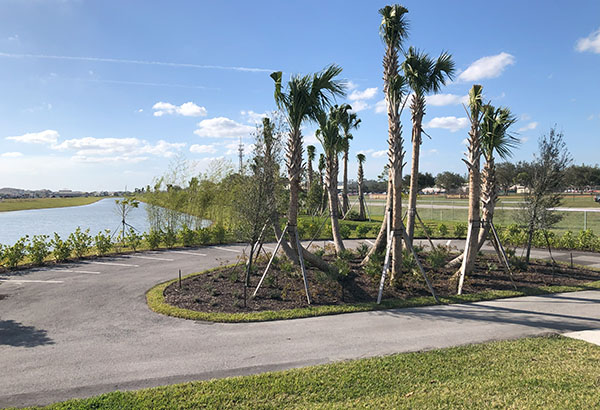Rebels led by the M23 group claim to have taken control of Goma, a key city in the eastern Democratic Republic of the Congo.
The rapid advance, which has killed at least 13 soldiers from international peacekeeping forces, represents a severe escalation of a long-standing conflict. More than 400,000 people have been displaced since the start of the year, according to UN estimates. It is one of the world’s biggest humanitarian crises.
On Sunday the rebel alliance gave government forces until 3am on Monday to surrender their weapons. As the first rebels entered Goma, in some areas “residents lined the streets to applaud and fist-bump heavily-armed fighters in green fatigues”, said Reuters. “We try to be kind because there is fear,” said one local. “Since they are criminals, we can’t predict their behaviour.”
Subscribe to The Week
Escape your echo chamber. Get the facts behind the news, plus analysis from multiple perspectives.
SUBSCRIBE & SAVE
Sign up for The Week’s Free Newsletters
From our morning news briefing to a weekly Good News Newsletter, get the best of The Week delivered directly to your inbox.
From our morning news briefing to a weekly Good News Newsletter, get the best of The Week delivered directly to your inbox.
Who are M23?
The eastern hills of the DRC, bordering Rwanda, are a “tinderbox of rebel and militia fiefdoms”, said The Guardian, “stemming from two regional wars” that erupted on Congolese soil after the 1994 Rwandan genocide.
M23, which formed in 2012 as an offshoot of another group, takes its name from the 23 March 2009 peace deal that ended a previous uprising. The group is mostly made up of former DRC soldiers who defected from the army, accusing the government of failing to uphold that agreement. They are primarily ethnic Tutsis – nearly a million of whom were murdered in the Rwandan genocide.
But M23 is only one of about 100 armed groups “vying for a foothold in the mineral-rich region”, said Sky News. Decades of conflicts have killed “hundreds of thousands of people and displaced more than seven million”.
M23 briefly took over Goma in 2012 but was “pushed out” in 2013, said Al Jazeera. It “resurfaced” in 2021, “possibly because of renewed Rwandan support”, and has since taken control of vast swathes of eastern DRC.
What does M23 want?
M23 says it fights in defence of ethnic Tutsis in the DRC, who face discrimination and violence from ethnic Hutu militias. But the DRC has huge supplies of minerals such as gold, tin, copper and coltan, a crucial ingredient in the manufacturing of mobile phones. The DRC also produces almost three-quarters of the world’s cobalt and nearly 10% of its copper, which are vital for the global green energy transition.
The M23’s offensives “seem to follow a clear logic”, said DW. They want to “gain control” over the region’s resources. The group is already generating substantial sums per month from taxes on coltan production in mining towns under its control.
Who is M23 fighting?
The Congolese army and its allied forces, including UN peacekeeping troops and soldiers from the 16 countries that make up the Southern African Development Community (SADC).
The UN peacekeeping force entered the DRC in 1999, and has about 14,000 soldiers on the ground – but only a small subsection is permitted to carry out offensives against armed groups. The mission, known as Monusco, has been accused by Congolese people of “failing to do its job”, said the BBC. President Félix Tshisekedi had asked it to leave by the end of 2024, but the mission was extended in December for another year.
Is Rwanda backing the rebels?
At an emergency UN Security Council meeting on Sunday, the US, France and the UK said Rwandan troops were supporting M23 in DRC. According to the latest UN report, there are 3,000 to 4,000 Rwandan soldiers on Congolese soil. Rwanda has consistently denied providing financial and logistical support to M23, but the DRC has severed ties with its neighbour over the issue.
“The M23 group has always served as a vehicle to protect Rwandan interests in eastern Congo,” said Kristof Titeca, conflict researcher for Central and East Africa at the University of Antwerp. “Gold is an important source of foreign currency for Kigali, and much of it comes from eastern Congo,” he told DW.
According to Kenya’s President William Ruto, his Congolese and Rwandan counterparts have agreed to attend an emergency summit. But the situation is “extremely volatile”, said Sky News.








Leave a Reply